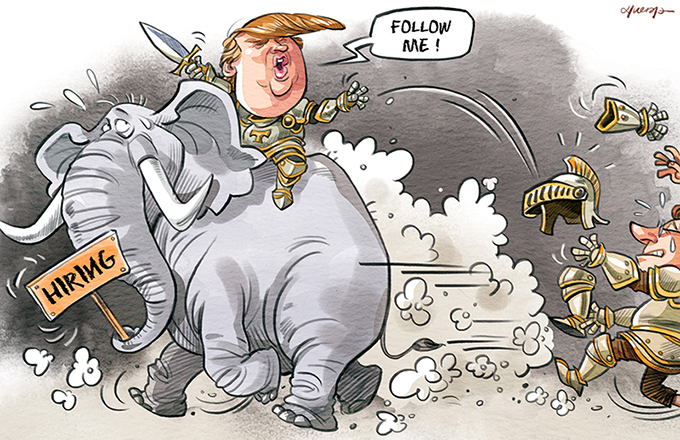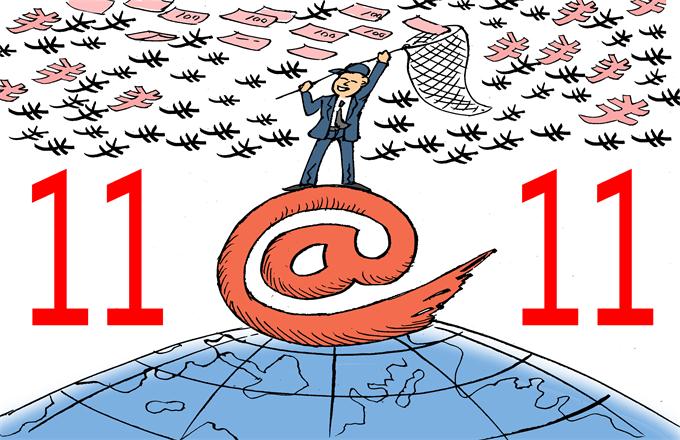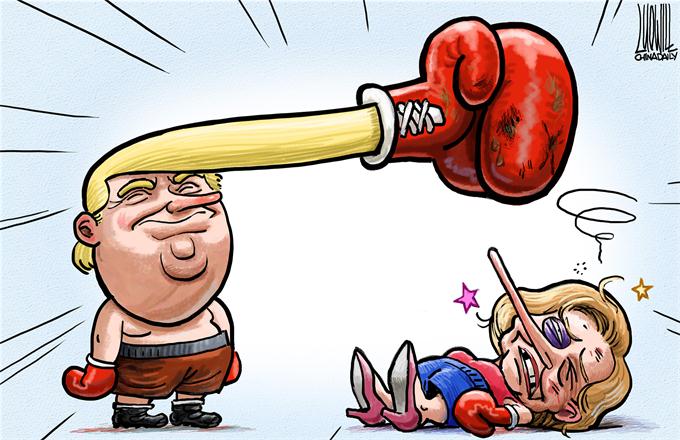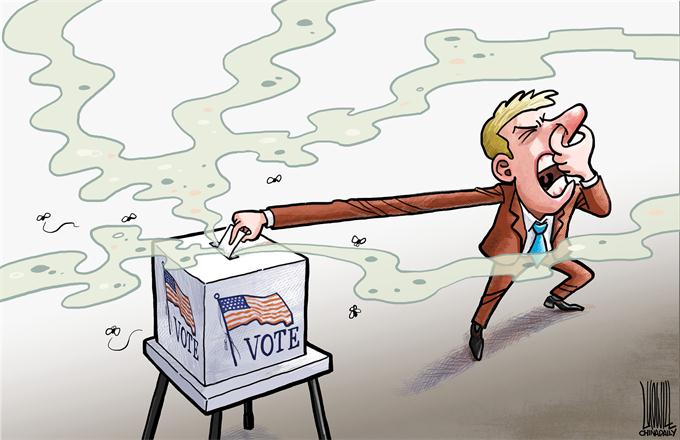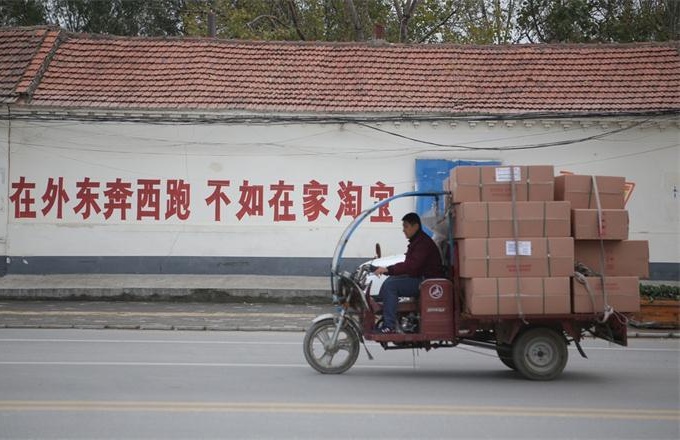Online and offline together best for retail
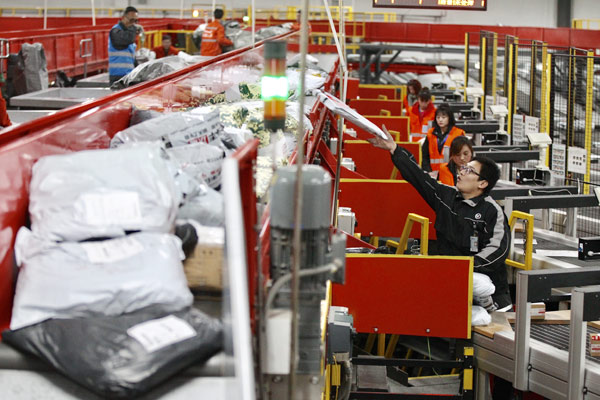 |
|
Staff at leading delivery company Shunfeng Express sort parcels at the company's logistics center in Beijing, on Nov 11, 2016. [Photo by Zhu Xingxin/chinadaily.com.cn] |
THE STATE POST BUREAU has estimated that after this year's Singles Day shopping gala on Friday, 1 billion parcels will be delivered and the number of daily express parcels delivered will total 240 million at the peak. In Beijing alone, the number of parcels delivered is expected to peak at 25 million a day. Beijing Youth Daily commented on Monday:
Tmall, Alibaba's answer to Amazon, reportedly sold goods online worth 120 billion yuan ($17 billion) on Singles Day. Such figures make people think online shopping is the way to release the huge potential consumption in China.
But, as a matter of fact, in the face of people's increasing willingness to consume, the current e-commerce model is not in its ideal state as it ignores the potential of offline shopping.
If there is a "ceiling" for online shopping it is the bottleneck resulting from the delivery demand. Such a large volume and so many shipments make it impossible to satisfy consumers' demand for the instant gratification of ownership.
Some e-merchants have shown they are aware of this. Jack Ma, founder of Alibaba, the initiator of the Singles Day shopping festival, said the retail model in the future will combine online and offline shopping.
This recognition that traditional retail still has an important role to play is important as it shows that while such a retail model will not replace e-commerce and offline business entities are still an indispensable component for expanding domestic demand and meeting the needs of the market.
An online-offline retail model may bring some pain to those online retailers who don't take into account the 89 percent of the market taken by the traditional retailers, but leveraging the advantages of both is the best way to meet the demands of shoppers and expand consumption.




